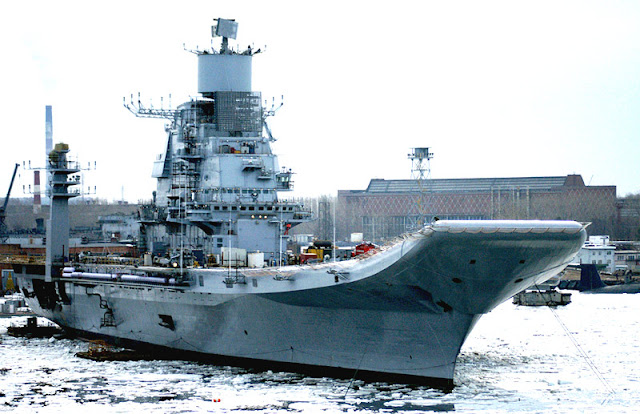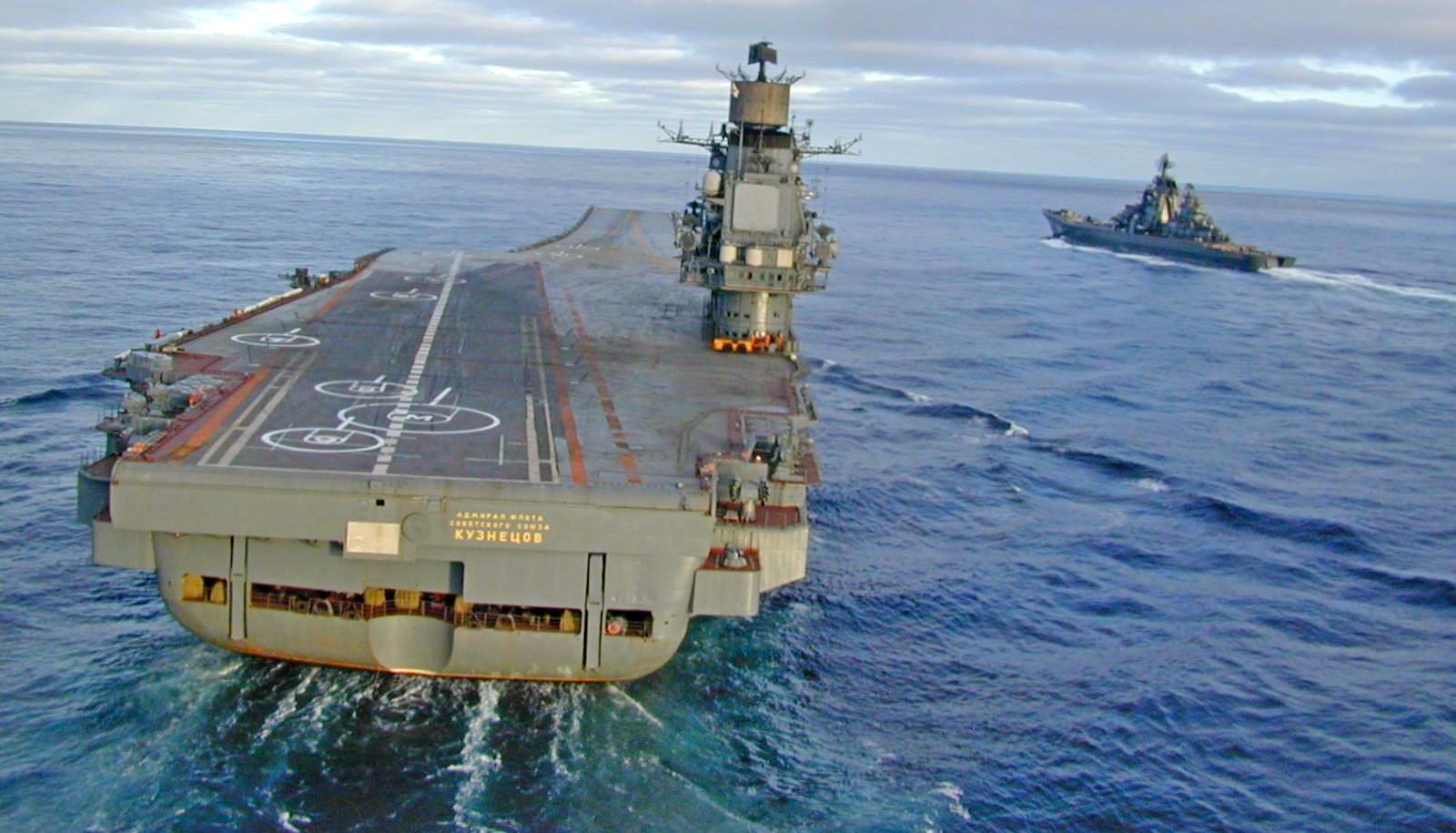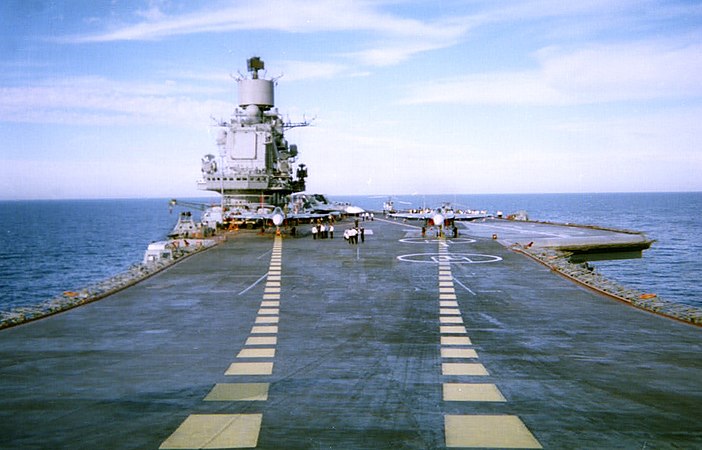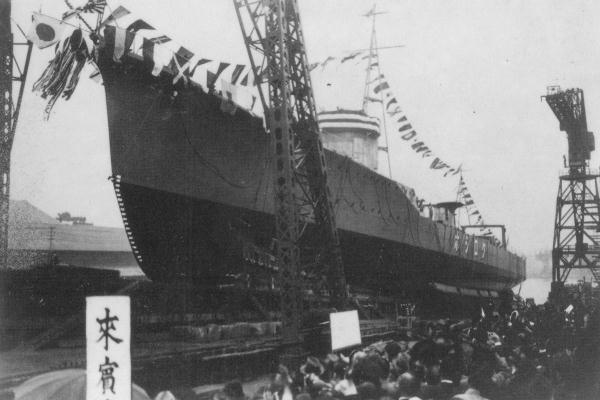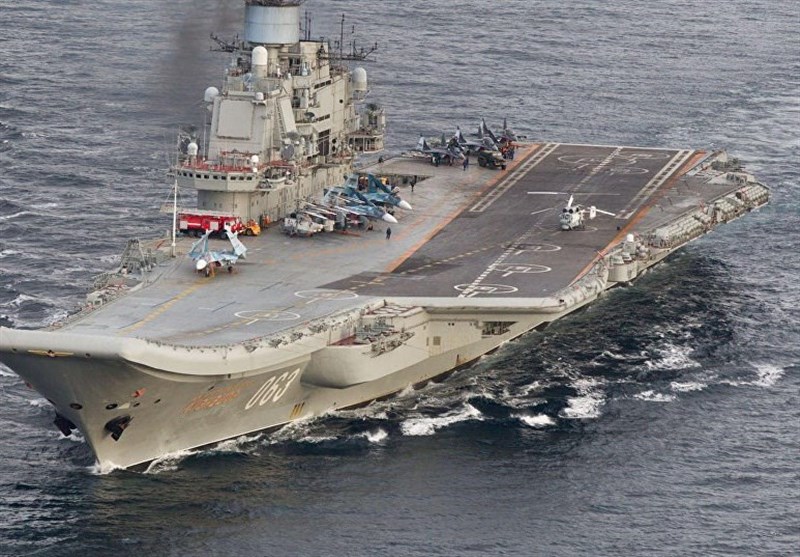
When examining the extensive fleet of naval warships that have traversed the oceans, the aircraft carrier stands out for its prestige and ability to project power. However, despite their storied past, some carriers have fallen short of expectations—vessels whose reputations are tarnished by design shortcomings, operational errors, or tragic incidents. This analysis explores the narratives of five such carriers that have become emblematic of failure in naval annals.

The Imperial Japanese Navy’s Shinano is a notably tragic example. Converted from a battleship into a supercarrier, Shinano was the sister ship to the powerful Yamato and Musashi. Yet, her potential was abruptly ended during sea trials near Yokosuka Naval Base in November 1944. After being hit by three torpedoes from the USS Archerfish (SS-331), the sinking of the 69,000-ton vessel and the loss of her crew serve as a poignant testament to the fragility of even the most formidable ships.

Another woeful example of crew incompetence led to the demise of the IJN Taihō on June 19, 1944. Despite being the new flagship of Vice-Admiral Jisaburo Ozawa, a single torpedo from the USS Albacore (SS-218) spelled disaster. A novice’s decision to disperse gasoline fumes throughout the ship’s ventilation system transformed the carrier into a floating bomb, resulting in a catastrophic explosion that sealed its fate.

Turning to the European theater, the Graf Zeppelin epitomized the unrealized potential of the Kriegsmarine’s carrier fleet during World War II. Built as a marvel of engineering, its keel was laid in December 1936, but the outbreak of war thwarted progress. With leadership changes and a strategic pivot away from carrier importance, the Graf Zeppelin never achieved combat readiness. She was scuttled by the Germans and later sunk as a target ship by the Soviets in 1947.

Across the decades and into more contemporary times, Russia’s Admiral Kuznetsov has become infamous for its plethora of issues. Commissioned in 1990, the carrier’s woes range from reliance on Mazut fuel to a sunken dry dock and a devastating onboard fire in 2019. The carrier’s limited patrols since the fall of the Soviet Union underscore the challenges facing Soviet-era naval designs.

India’s INS Vikramaditya, originally the Soviet Navy’s Admiral Gorshkov, is another carrier that continues to face reliability challenges. Acquired by India in 2004, the ship has suffered from a toxic gas leak, several fires, and operational difficulties that call into question the long-term viability of Soviet-designed carriers.
Related image you might interested:




